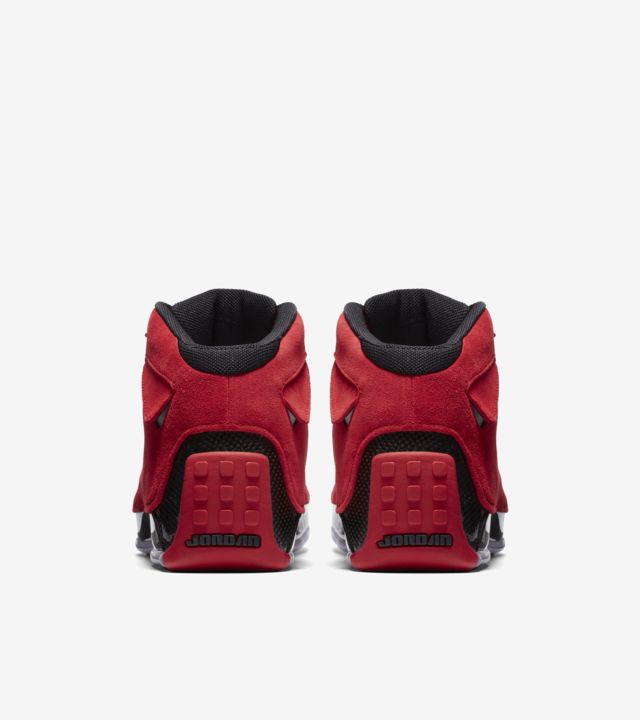

“I felt like I wanted to be different,” Jordan said. 18 game, catching the attention of the league office and prompting a stern letter from then-NBA executive vice president Russ Granik to enforce its “uniformity rule.” It was the strikingly similar Air Ship prototype that was worn during that infamous Oct. While marketing lore would tell you the Air Jordan 1 was the barrier-breaking sneaker that “brought color to the game,” the debut signature shoe was actually still being finalized at the time.

He’d later jokingly describe the black and red shoes as having “devil colors.” Rather than go along with the tame white and red sneakers that his fellow Bulls took to the court, Jordan donned a black and red edition of the Nike Air Ship for his sixth preseason game, a marquee exhibition matchup at Madison Square Garden against the New York Knicks. “It’s like a young kid, when your parents say you can’t do something, you want to do it,” Jordan explained in a recent promotional video. Right out of the gate as a brash rookie, Michael Jordan had other ideas. Patrick’s Day and more meaningful events such as Black History Month and Veterans Day.īut in the ’80s, it was mostly a mundane display of sneakers across the court at any given time. Players also have as many as 20 “moment games” throughout the season in which they can break out themed or special-edition shoes for celebratory holidays such as Halloween and St. Of course, players today can wear sneakers loosely based on their uniform colors, regardless of what their teammates wear. The rule was finally lifted in the late 2000s. NBA policy mandated that each player “must wear shoes that not only matched their uniforms, but matched the shoes worn by their teammates.” That policy led to the “51 percent rule” – shoes had to be 51 percent white and in accordance with what the rest of the team was wearing. Yes, at the time that was the reality of the league. Before the flood of innovations and gimmicks, the biggest sneaker story to hit the NBA came in 1984, when a certain Chicago Bulls rookie defiantly disobeyed the league’s shoe-color rules. The 1980s were simpler times for the sneaker industry. Michael Jordan’s red and black sneakers at the 1985 Slam Dunk Contest.


 0 kommentar(er)
0 kommentar(er)
